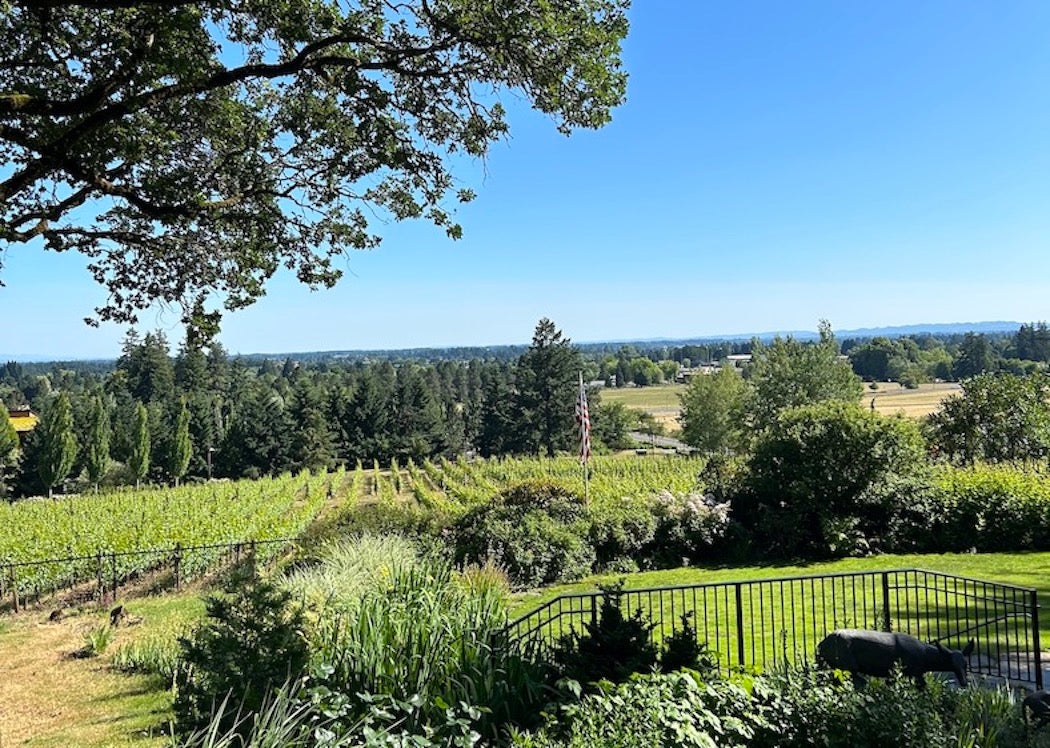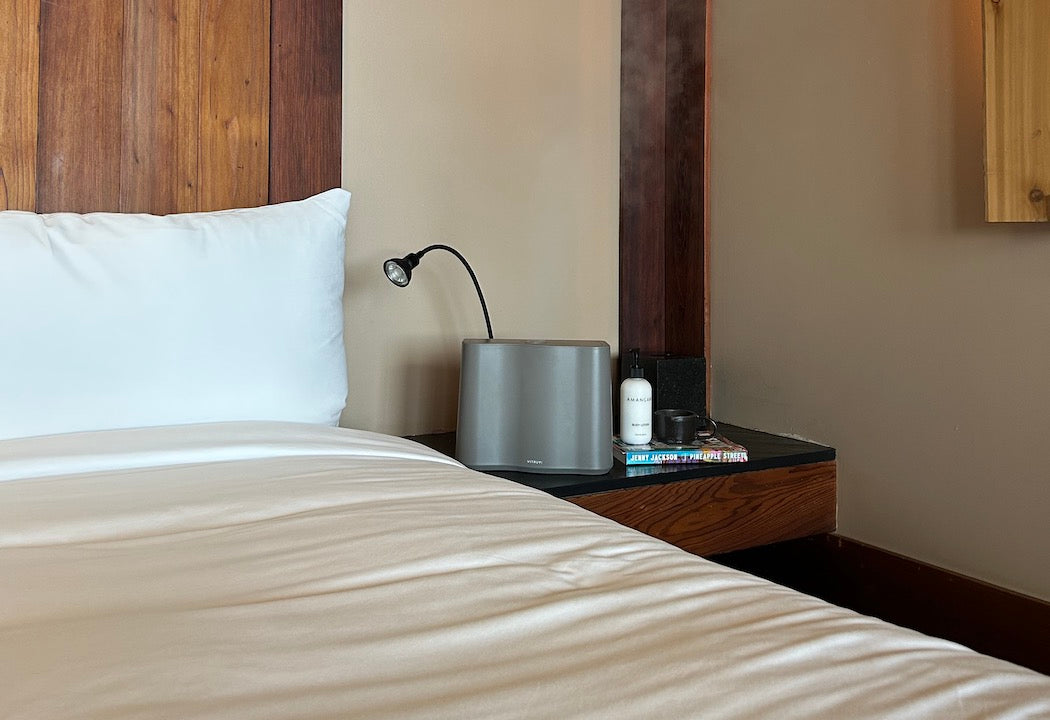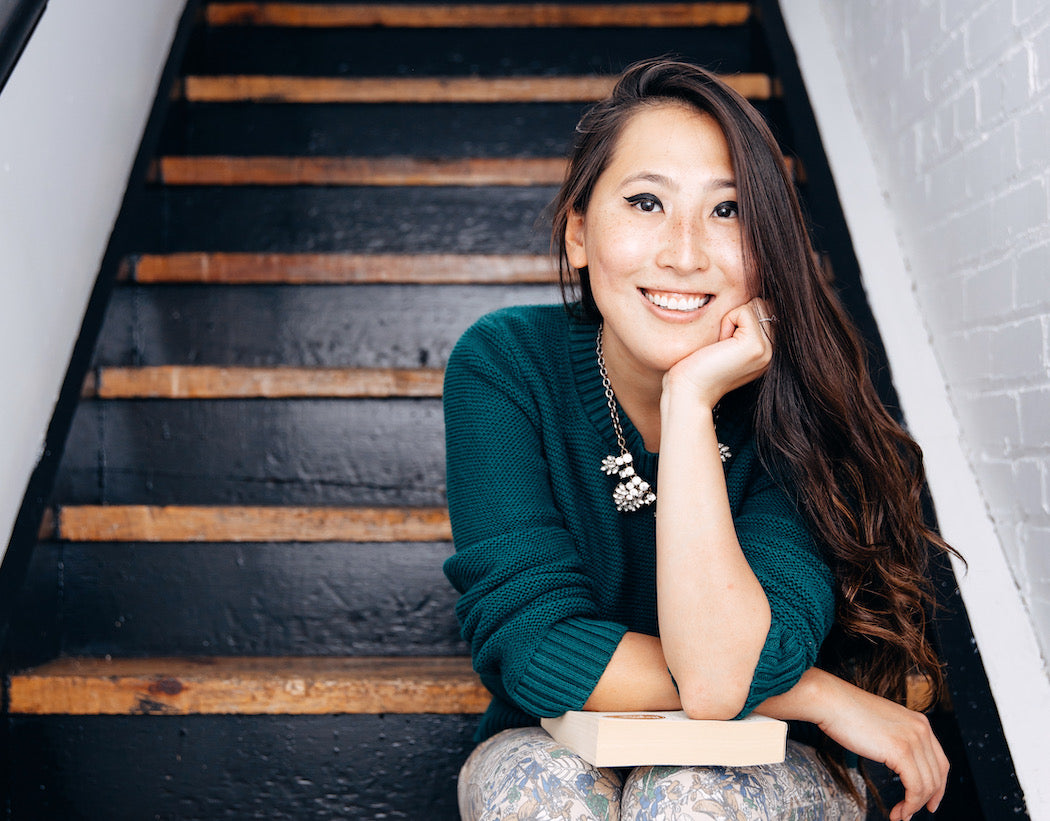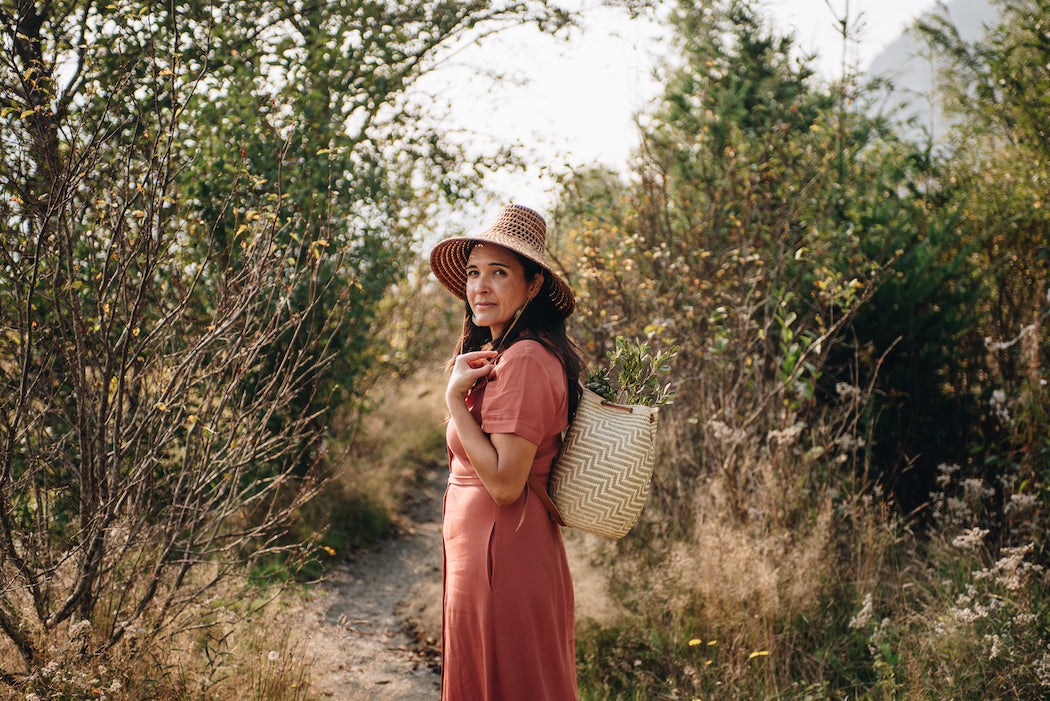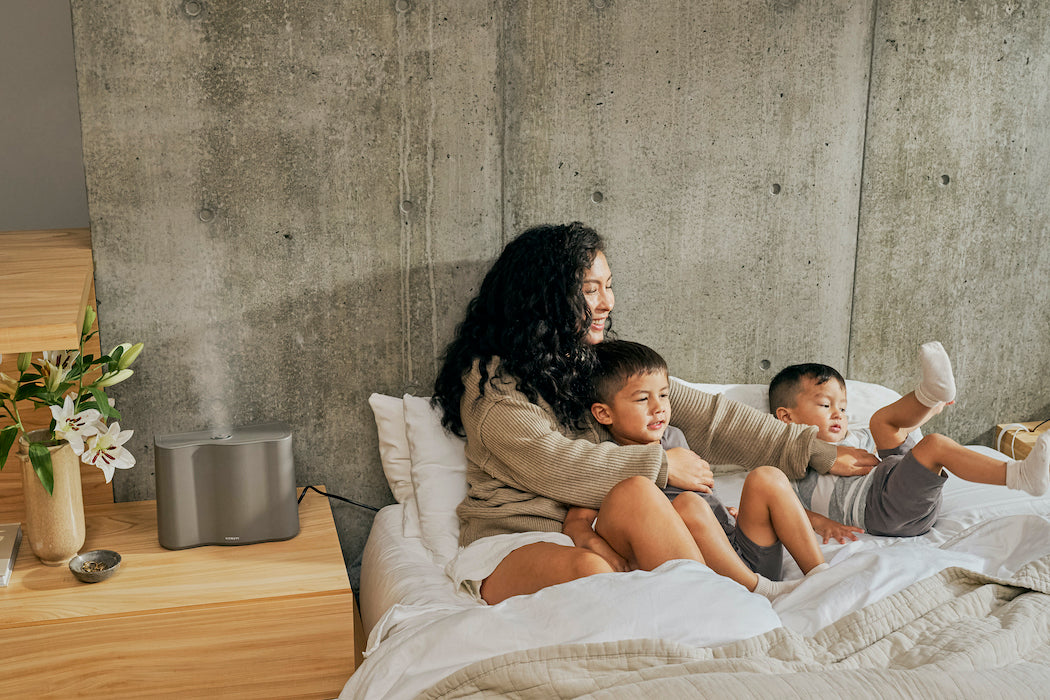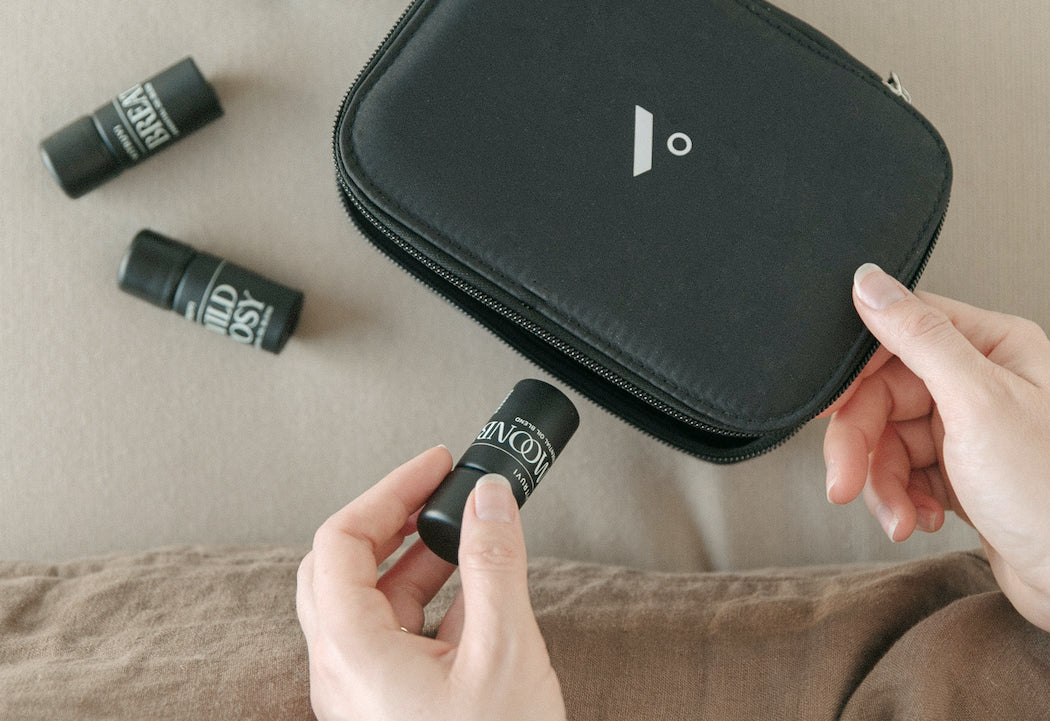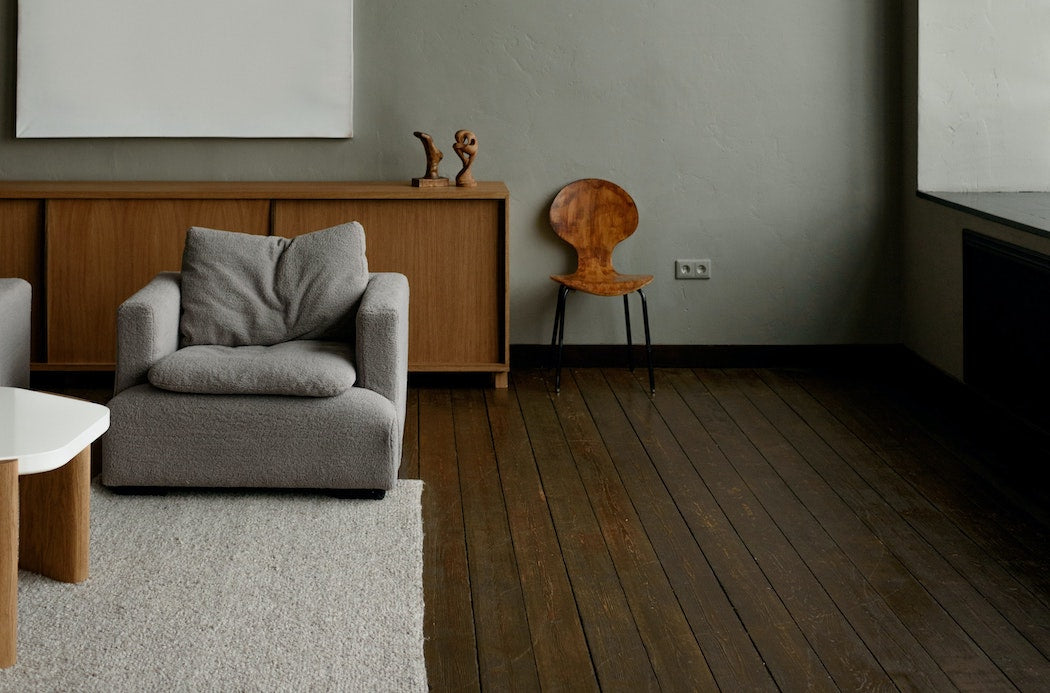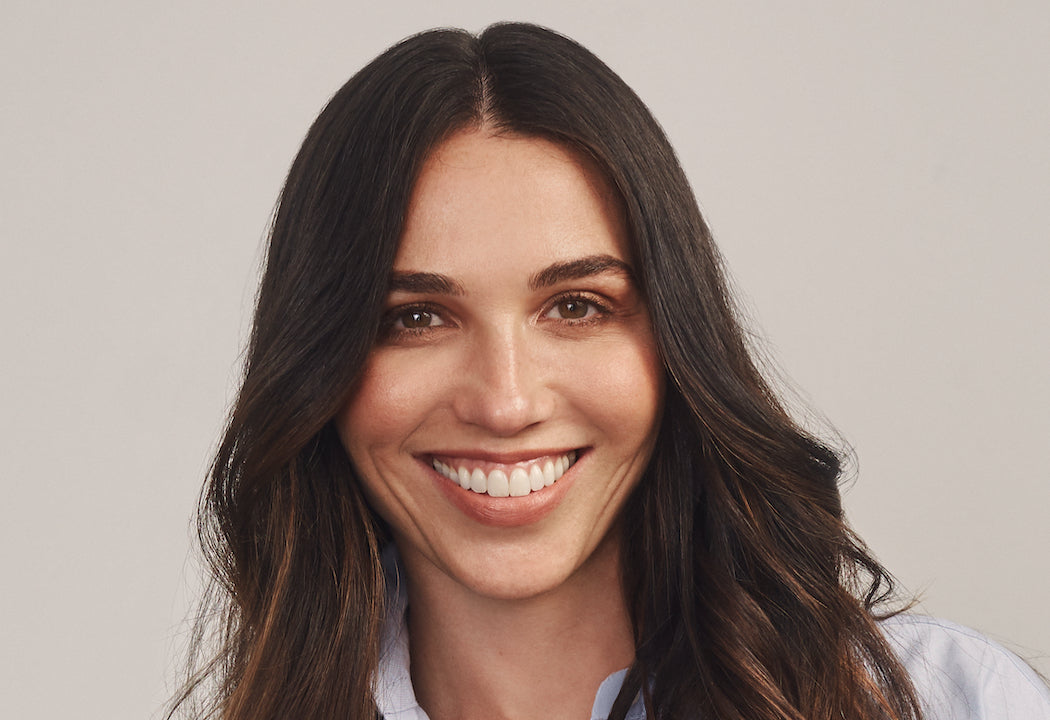Kate Ridley is currently wearing a lot of pink. Dressed in a pink shirt, a pink jacket, and pink lipstick, the Allbirds chief brand officer smiles as she explains why she’s sporting so much Pepto-chic. “We just launched a pink version of our Tree Flyer trainer,” she says, in reference to the Allbirds shoe that was released—on a Wednesday, of course—in collaboration with Mean Girls icon Lindsay Lohan. To celebrate, everyone on the Allbirds team was invited to sport their best outfits featuring the color.
It’s a moment that speaks both to Ridley’s leadership style and her marketing prowess at the sustainable shoe company: using humor, tapping into nostalgia, listening to her people, and bringing storytelling to the forefront. On the heels of the brand’s latest brick-and-mortar store—a gorgeous, light-filled space in Vancouver’s Kitsilano neighborhood—the Portland-based executive sits down to reflect on her work with the company thus far.
You worked at Adidas for many years. What excited you about Allbirds and made you want to join the team?
[When I was at Adidas,] we had a discussion with Allbirds—we actually had it with quite a few other brands—about creating a collective of people and brands that are competitors in the same space, but that want to show the world that collaboration is required to truly break through and be innovative in the space of sustainability. And in a fascinating way, it was only Allbirds that committed to it. I won’t name the names of the other brands, but they ended up saying no because competition was too important to them. And we just thought it was such a unique situation to make collaboration more of the story than competition. And so we created some wonderful products together, and I was blown away by the people at Allbirds—specifically Hana [Kajimura], who is head of sustainability. We were on a panel together doing some interviews, and I was just so inspired by her. I went for a walk with my husband that night and said to him, “The only company that I can think of that I would like to work for, if it isn’t the three stripes, is Allbirds.” I spoke it into existence, and the next day—literally the next day—their executive recruiter reached out to me.
That is kismet for sure.
I also just fell in love with their mission, and the people are wonderful. On a serious note, professionally, I have really enjoyed the past five years focusing on purpose marketing—whether that be elevating women in sport, breaking down barriers for equality in different areas, or highlighting underrepresented communities. I knew that’s where my passion was; I wanted to work for a purpose-based organization, and I found an amazing one.
You mention sustainability—could you expand on some of the initiatives that you are most excited about?
From the highest point, I think the mission of Allbirds to reduce climate impacts through better business is something that should be a lead for all businesses. I have great respect for the fact that Allbirds, and especially Tim [Brown] and Joey [Zwillinger] as the founders, want to take responsibility for their impact on the environment—and also provide solutions for consumers. There are many companies that are starting to invest in this area and in our space in our industry. Most people focus on using recycled materials, which is not too difficult to find, to be honest—the really difficult part is using renewable materials. And that’s what I think is so special about Allbirds, is that we use natural materials to create lifestyle performance products. That is extremely rare. It’s not as rare in the apparel space—you’ve probably been quite familiar with seeing a spike using bamboo fibers or using organic cotton—but in the footwear space, to use natural materials to innovate in performance is extremely rare and very difficult. And they do it in a way—and I feel kind of equipped to say this because I’ve been in the footwear industry for over 25 years—that does not compromise the performance of the product.
At the Vancouver store, one of your colleagues showed off the little carbon tag that goes on each shoe—can you talk more about that?
It’s a little bit like the food industry: you can look at anything and find the nutrition information. That was mandated so that people could make better choices, and we believe that people also want to make better choices when it comes to their impact on the planet. So we committed to putting a carbon label on every product that we produce. And we’re hoping for and really pushing, actually, other people to do the same. We want to inspire the industry to be transparent about where their materials come from and what their end-to-end impact is.

As chief brand officer, how do you take some of these initiatives and values and translate them into brand storytelling?
I think about that every day. First of all, I fundamentally believe that you have to start with people. You have to start with your audience or customers or community—however you refer to them. You’ve got to start with them and what’s important to them. What are their values? Are they open to learning and listening and acting in a different way? We invest quite a lot of time into consumer insights, and we have a consumer that we focus on quite a lot: we call them culture creators. Some of the attributes of those individuals are people who are really conscious of what’s happening in the world around them. They still want to enjoy their life to the fullest and invest in health and wellness and travel and all the good things, but they want to think really carefully about how they do it. And they’re conscious of brands that are interested in ensuring the health of people and the planet, and they want to hold those brands and those companies accountable—because they look around and realize that maybe the government’s not going to do it, depending on where you live. So we go really deep on those insights, and then take those learnings into how we want to craft storytelling and products and messages.
A few of the insights that we’re really focused on at the moment are that people are engaging with nature in a completely different way: people are seeing nature as almost an antidote to stress. They are still as invested as ever in fitness and wellbeing and sport, but it’s happening in a completely different way. People are running with running groups because they want to be part of a community—they don’t want to do it on their own. And then when it comes to the environment, people are feeling a little heavy about it. Sustainability is a heavy word, and it can feel overwhelming. It can feel like you have no control over it; it can be a bit of a downer. So we focus on all of those elements and bring them together and say, “Okay, how can we be a solution? How can we be optimistic? How can we bring humor into educating people about some of the choices they can make?” And that has proven to be, I would say, the secret sauce of Allbirds: being irreverent; using humor; and using unexpected messaging to connect with people. People respond really well to that. Making sure that nature and the outdoors is always part of our brand, and then really connecting with people on that element of community and wellbeing—and crafting that into really unexpected brand messages. I think a great example of that is what we launched today with Lindsay Lohan.
How did that come about?
We reached out to her and had a conversation, and found out that she’s deeply, deeply concerned about our impact on the environment. And she loves the products, so it was kind of a natural coming together that, I think, is very unexpected. I think that also plays into the element I mentioned about having some fun and being lighthearted. Talking about the environment and natural materials doesn’t have to be so heavy all the time.
What, to you, is good leadership?
First of all, I’m from Australia, and I grew up in a family and a culture that is very open and candid. I’ve always grounded my leadership in candor and transparency, and I think it’s what we all want from our human relationships. For some reason, in the corporate environment, especially when I came up in it, transparency was not something that was really there all the time. So for sure, candor and transparency are foundational to my leadership style, and I believe, to the leadership that I expect as well. The other element for me is just having a good time. We all spend eight to 10 hours a day working. I believe that if you can bring energy and humor and make it quite lighthearted, you can have a good time. I’ve found those to be the most high-performing moments in my career—because people are having fun while they’re doing the work. And then the last element for me is purpose. We all want to do something that’s bigger than a paycheck, bigger than a job. And whatever that is, if you can find it and you can share it with other people, it’s incredibly meaningful.
This interview has been edited and condensed for clarity.


